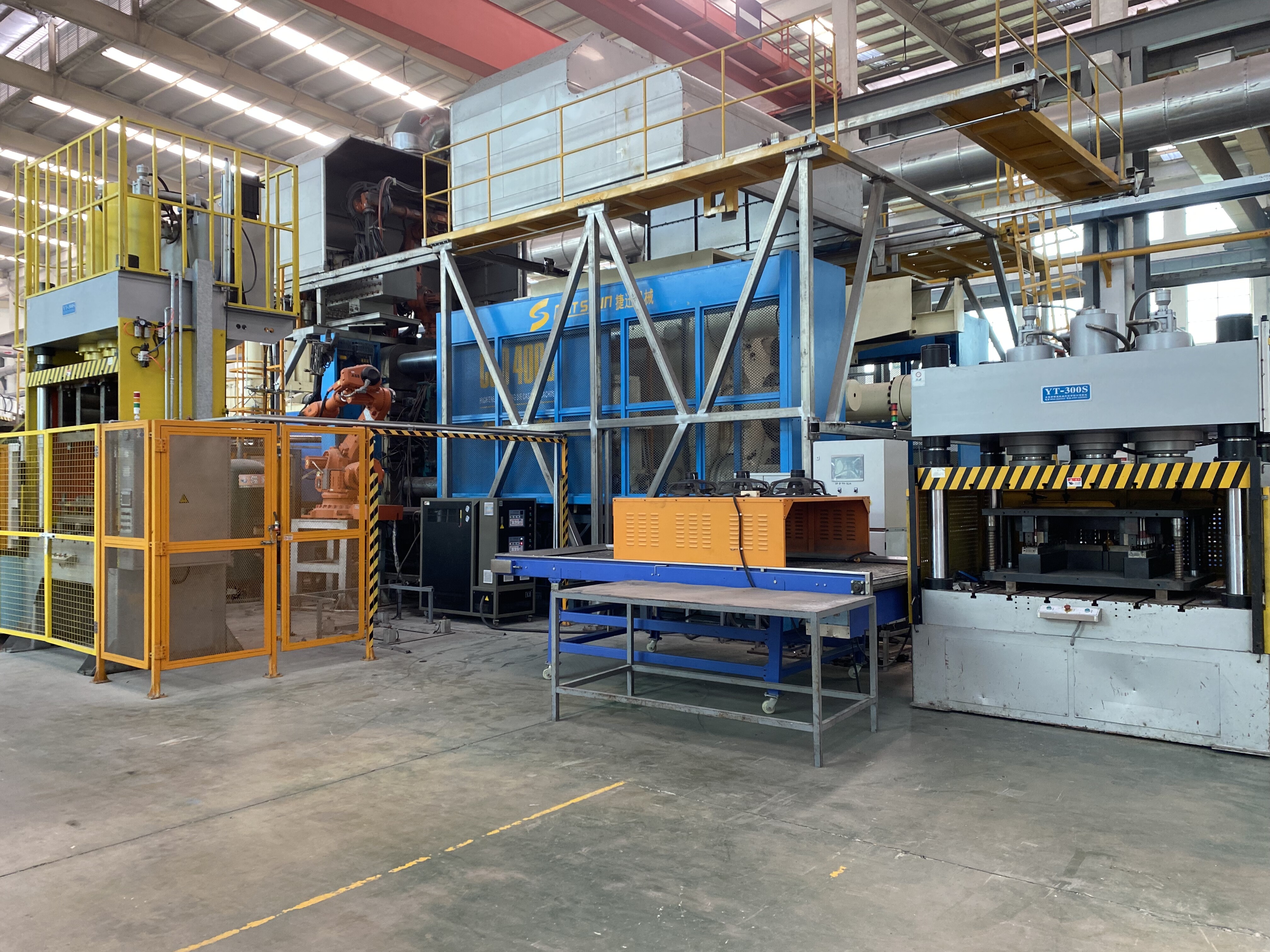Kukanganisa kwemafomati eemail
emailCannotEmpty
emailDoesExist
pwdLetterLimtTip
inconsistentPwd
pwdLetterLimtTip
inconsistentPwd

News
Some Methods of Surface Treatment of Die Castings(continued)
Cold working heats
Cold working heats the aging-treated castings to a certain temperature, and then publishes them after a certain period of thermal insulation. The processing technology of slow cooling to indoor temperature in the air is called aging. If the aging enhancement is carried out at the indoor temperature, it is called natural aging, and if the aging enhancement is carried out after the temperature is higher than the indoor temperature and thermal insulation is carried out for a period of time, it is called artificial aging. Cold working develops a spontaneous process of dissolving the over-saturated solid solution, which in turn makes the lattice repair of the aluminum alloy substrate to a relatively stable state.
The selection of the aging temperature and time depends on the specification of the characteristics of the aluminum alloy, the characteristics of the alloy, the oversaturation level of the solid solution and its forging method. Artificial aging can be divided into three categories: incomplete artificial aging, complete artificial aging and over-aging. Incomplete artificial aging is to choose a relatively low aging temperature or a short thermal insulation time to obtain high-quality comprehensive physical properties, that is, to obtain relatively high compressive strength, excellent plastic deformation and ductility, but corrosion resistance. Performance will be lower. Complete artificial aging is to choose a higher aging temperature and a longer thermal insulation time to obtain large strength and high compressive strength, but the elongation is low. Over-aging is carried out at a higher temperature, at which time the aluminum alloy maintains a high compressive strength, and the plastic deformation is gradually increased, mainly in order to obtain good stress corrosion resistance. In order to obtain stable mechanical and geometrical specifications, aging should be performed at higher temperatures. According to the applicable regulations, over-aging is generally divided into anti-aging solutions and softening solutions.
During cold working, most of the whole process of aluminum alloy element precipitation must go through the following four steps:
- Generation of the G-PI region. The molecules in the solid solution lattice are rearranged, and there is an enrichment area for the amount and concentration of the molecules. With the expansion of the lattice level, the physical properties of the aluminum alloy are improved and the electrical conductivity of the aluminum alloy is reduced.
- Generation of G-PII region. The molecules of the aluminum alloy elements are segregated in a certain proportion to generate the G-PII region, and the compressive strength of the aluminum alloy is further improved to prepare in advance for the generation of the metastable phase.
- A metastable phase is generated. The metastable phase is also called the connecting phase. The substrates of the phases are in coherent contact, and many G-PII regions are closely combined with a small amount of the metastable phase, so that the aluminum alloy can obtain high compressive strength.
- Agglomeration of phase particles and phase particles is generated. The metastable phase changes to a stable phase, with fine particles all over the inside of the crystal, and thicker particles in dislocations, and the agglomeration of phase particles gradually occurs. The compressive strength increases the plastic deformation of the aluminum alloy.
- Many of the above-mentioned links are not completely separated, and sometimes are carried out separately. The level of ultra-low temperature timeliness and the development of the second link should be higher, and the high temperature timeliness, of the third and fourth links are more obvious.
Hot and cold circulation system solution
For the castings solved by the heating and cooling cycle system, the lattice constants of each phase are slightly shifted due to several heating and cooling caused by the lattice shrinkage and swelling of the solid solution, so that the phase particles are in a more stable state. , and then improve the reliability of casting specifications, suitable for the production of high-precision parts.
Aluminum alloy profiles have no tendency to brittle fracture at ultra-low temperature. With the decrease of temperature, there are some changes in physical properties, and the compressive strength is gradually increased, but the plastic deformation is reduced very little, so sometimes it is necessary to reduce or remove the thermal stress of castings. , the forged or heat-treated castings can be refrigerated to -50°C, -70°C or lower for 2-3 hours, and then heated to room temperature in gas or boiling water, or artificially aged, this type of processing is called cold violence.
Conclusion
For more information about die casting aluminum auto parts,oem die casting,die casting machine components, we are glad to answer for you.


